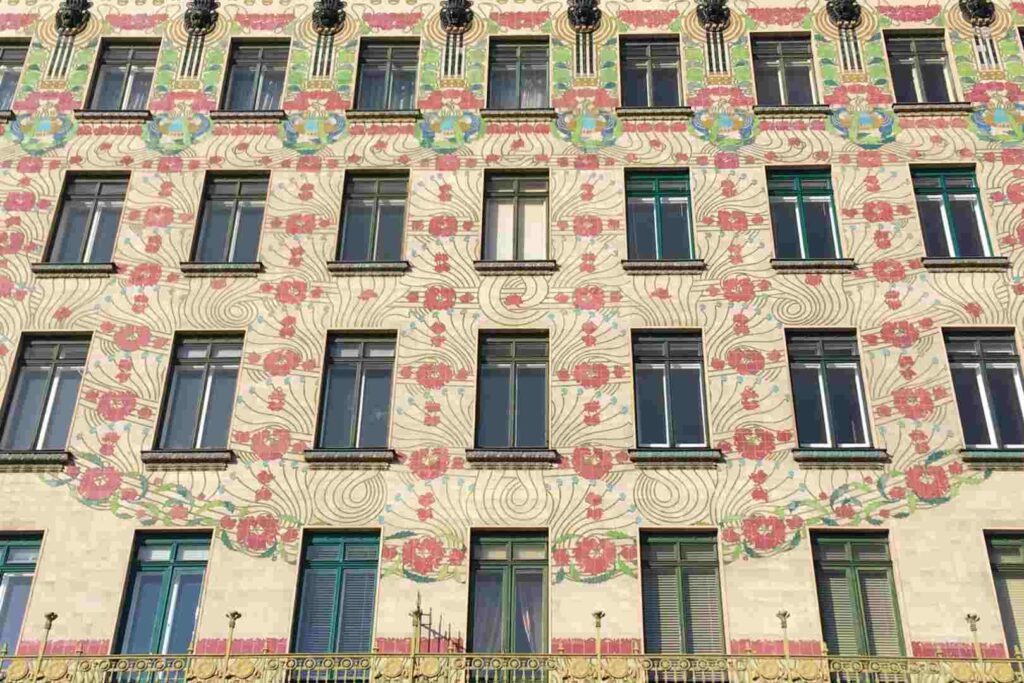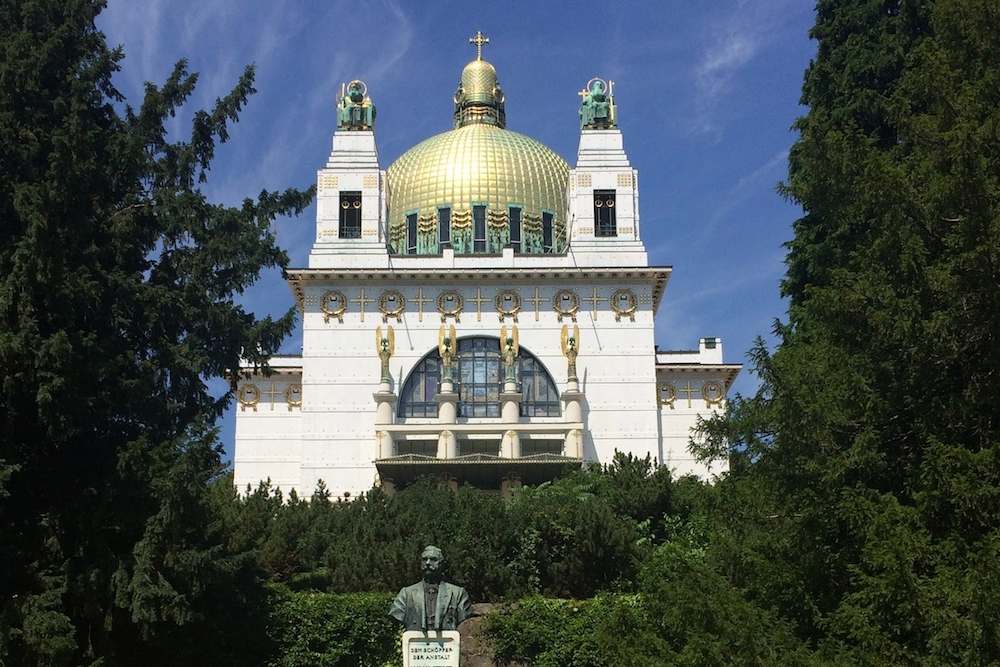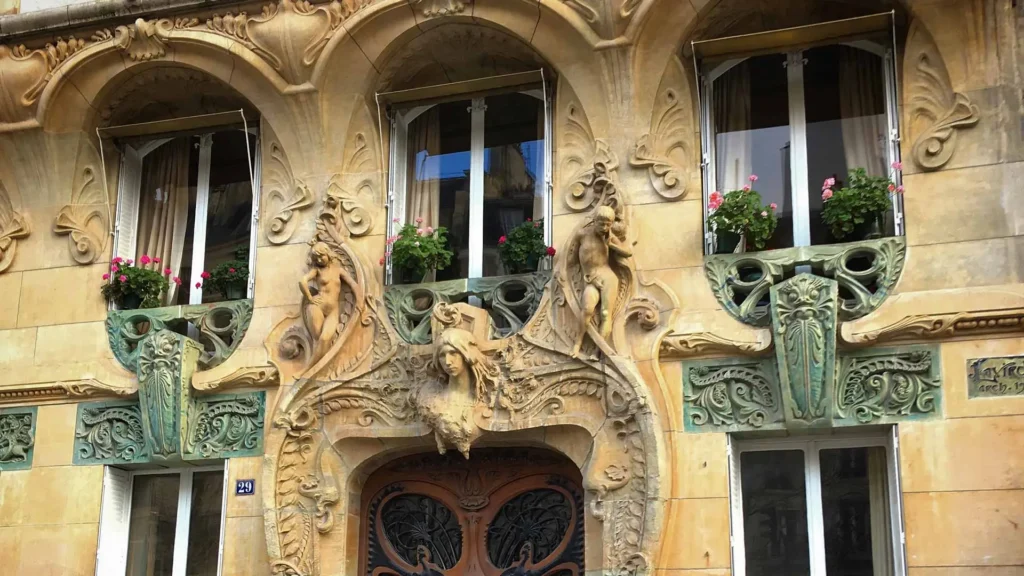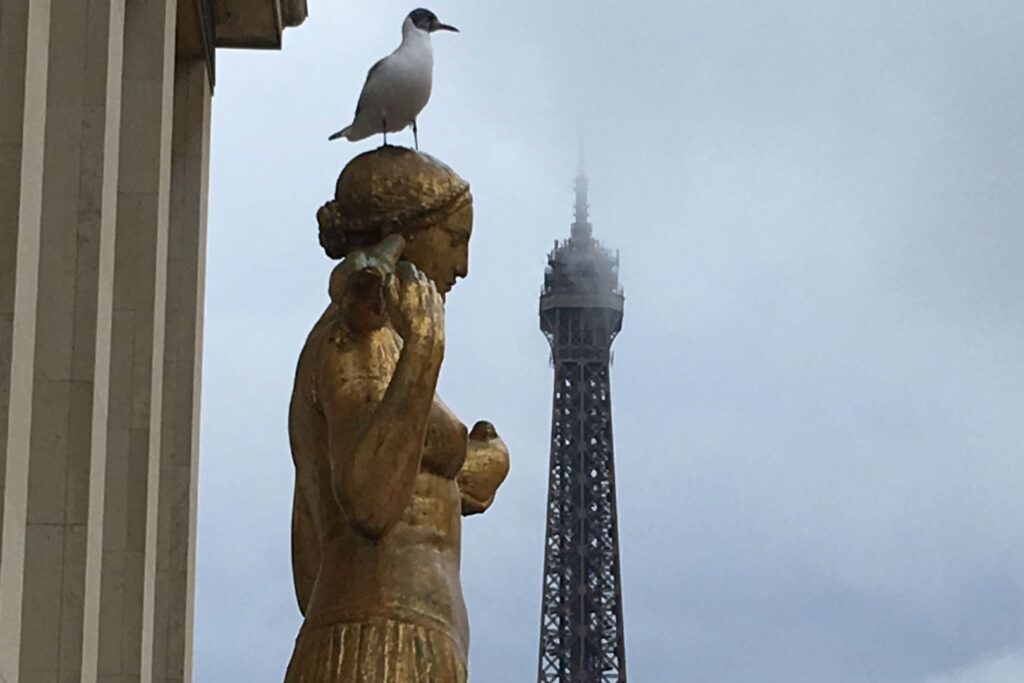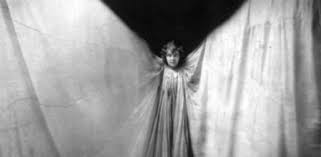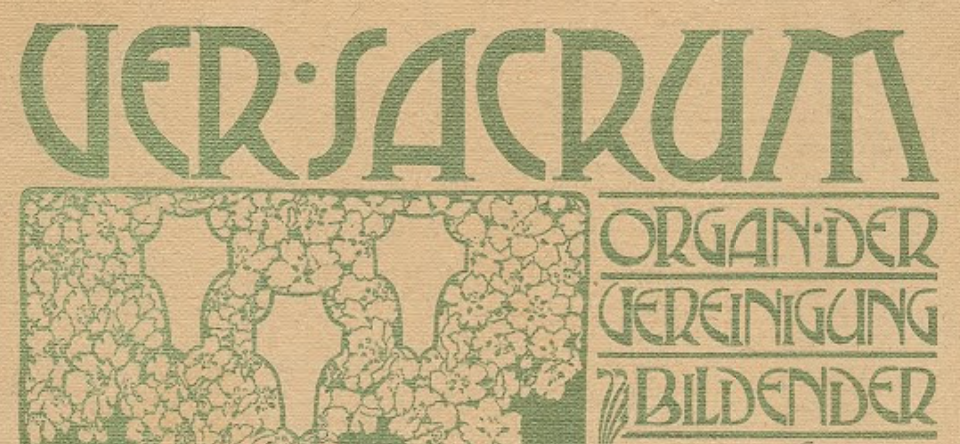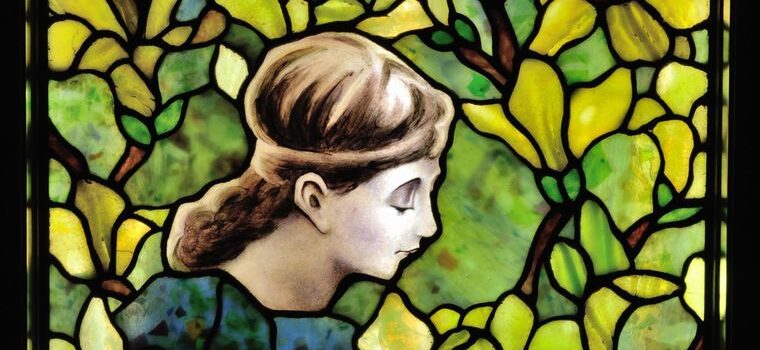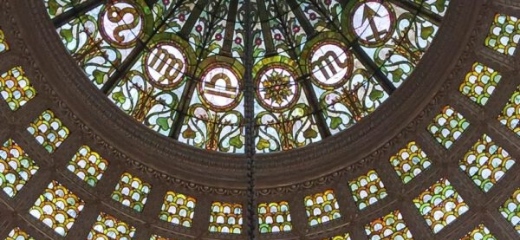While Paris and Vienna often dominate discussions of Art Nouveau, this influential artistic movement of the late 19th and early 20th centuries flourished in numerous other cities across Europe, each developing its own distinctive character and leaving behind a rich architectural and artistic legacy. These lesser-known Art Nouveau centers are veritable hidden gems, offering a more nuanced understanding of the movement’s widespread appeal and diverse expressions.
Brussels holds a significant place in the origins of Art Nouveau. Victor Horta was a key figure in transforming Brussels with his innovative style. While King Leopold II did not commission public works from him, Horta’s private residences for wealthy Belgians were groundbreaking and established Brussels as a vital early center for the movement.
Beyond Paris, Nancy in France emerged as another crucial hub for Art Nouveau, largely due to the influential École de Nancy. This school fostered a distinct regional style, making Art Nouveau in Nancy inseparable from the idea of regionalism. Strasbourg can also be considered a significant, though sometimes overlooked, center of Art Nouveau in France.
Moving into Central Europe, Prague became an important center for Art Nouveau, known locally as Secese. Art Nouveau flourished in Prague as an expression of the Czech National Revival. The architecture of this period, including public buildings commissioned by increasingly autonomous municipal authorities within the Habsburg Empire, played a vital role in shaping the Czech national image at the turn of the 20th century.
Similarly, Budapest experienced a significant Art Nouveau movement, with a Hungarian Secession that developed unique characteristics distinct from its Western European counterparts due to the different political climate. The new style became a tool for creating a long-awaited national style, and Budapest, like Prague, transformed into a large, modern metropolis that played a crucial role in shaping national identity. Subotica (Szabadka), then part of the Austro-Hungarian Empire, is another notable city with significant Art Nouveau architecture, exhibiting a strong influence of the Lechner school, characterized by floral ornamentation and motifs from local folk art.
The broader Austro-Hungarian Empire provided fertile ground for regional variations of Art Nouveau. Cities such as Oradea, Timisoara, Arad, and Târgu Mureș (then within the Empire) also feature Art Nouveau buildings, often inspired by Secessionist pioneers like Ödön Lechner. Even cities like Barcelona, with the organic and curvilinear works of Antoni Gaudí, represent a unique and vibrant interpretation of Art Nouveau, distinct from the more northern European centers. Slovenia, with cities like Maribor, also developed its own Art Nouveau architectural expressions. Similarly, Zagreb in Croatia had a notable Art Nouveau scene.
These examples, among many others, demonstrate that Art Nouveau was a pan-European (and indeed global) phenomenon with a rich diversity of expressions. By focusing our attention on these forgotten cities, we can gain a deeper appreciation for the adaptability, creativity, and cultural significance of Art Nouveau, uncovering architectural and artistic treasures that deserve recognition and preservation for future generations. Organizations like the Réseau Art Nouveau Network (RANN) actively work to highlight the European and universal value of Art Nouveau heritage, striving to bring attention to these often-overlooked “hidden gems”. The lack of awareness in some parts of Europe, like the English public’s unfamiliarity with the matured New Style on the continent around 1900, further underscores the relative obscurity of these non-Parisian centers. Recognizing these hidden gems enriches our understanding of a movement that sought to revitalize art and modern life in its entirety.
For more information about our Art Nouveau-themed private tours and activities, visit our website at ArtNouveau.Club.

